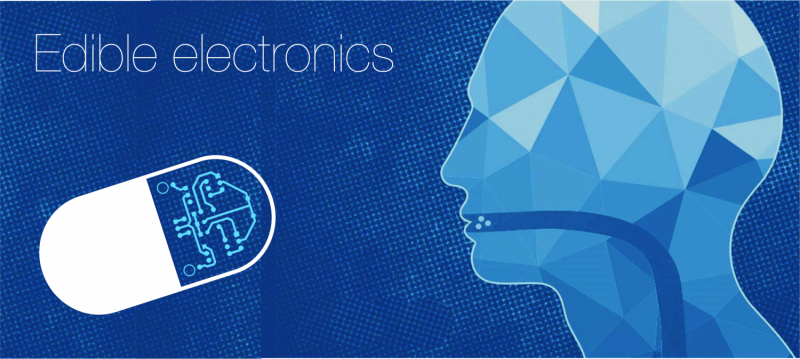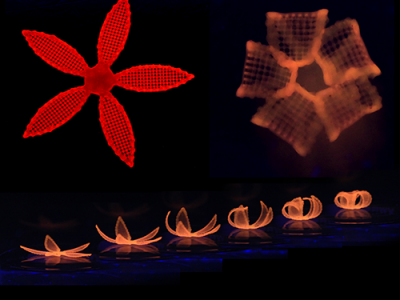Imagine a “smart pill” that can sense problems in your intestines and actively release the appropriate drugs. We have the biological understanding to create such a device, but we’re still searching for electronic materials (like batteries and circuits) that pose no risk if they get stuck in our bodies. In Trends in Biotechnology on September 21, Christopher Bettinger of Carnegie Mellon University presents a vision for creating safe, consumable electronics, such as those powered by the charged ions within our digestive tracts.
Edible electronic medical devices are not a new idea. Since the 1970s, researchers have been asking people to swallow prototypes that measure temperature and other biomarkers. Currently, there are ingestible cameras for gastrointestinal surgeries as well as sensors attached to medications used to study how drugs are broken down in the body.
“The primary risk is the intrinsic toxicity of these materials, for example, if the battery gets mechanically lodged in the gastrointestinal tract—but that’s a known risk. In fact, there is very little unknown risk in these kinds of devices,” says Bettinger, a professor in materials science and engineering. “The breakfast you ate this morning is only in your GI tract for about 20 hours—all you need is a battery that can do its job for 20 hours and then, if anything happens, it can just degrade away.”
Bettinger and other researchers are exploring how minerals in a healthy diet, or even pigments from the skin or eye, could be used in bioelectronics. Ingestible devices that are used now are powered by off-the-shelf batteries, just like what you’d find in a watch. Bettinger challenges whether a segmented battery is necessary, as the natural liquids within the body can be the electrolytes that move current through the device. Labs have already proven that electronics built using this method can disintegrate in water after 2-3 months.
There’s also evidence that manufacturing biologically inspired “smart pills” can be cost-effective and pass regulatory approval. Ingestible medical devices and even 3D printed pills have been given the green light for patient use in recent years despite their atypical properties.
Read the entire article at phys.org.







